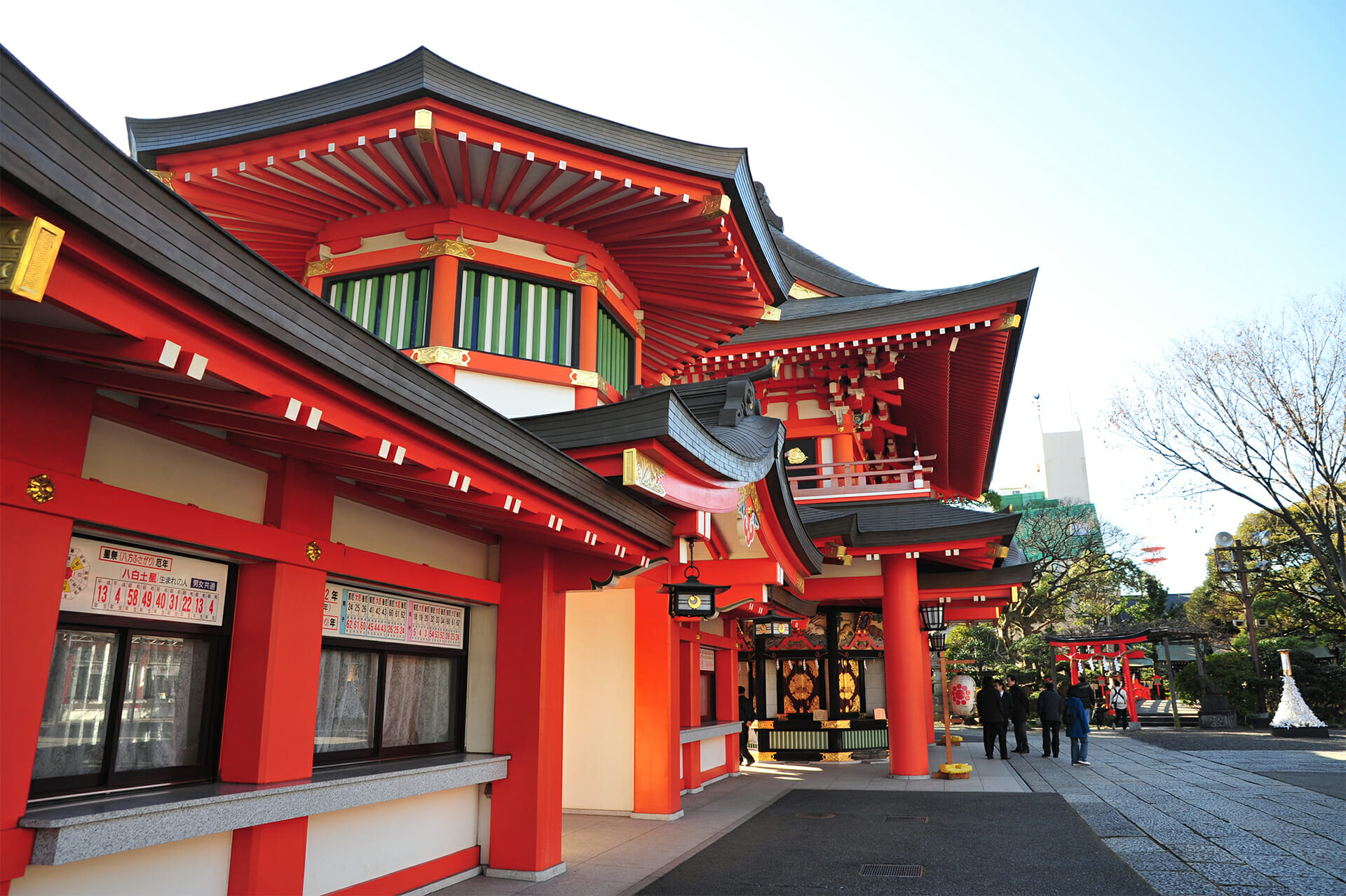
Things to Do | Visit Chiba | Latest update:2025/02/27
Chiba City, the capital of Chiba Prefecture, celebrated its 100-year anniversary of becoming an incorporated city on January 1st 2021. The city’s history extends much further back than just a century though, as the area has long been a local seat of power. The Chiba Clan once ruled over this area, and one of its heads, Tsunetane Chiba, is known for presiding over a period of increasing influence for the clan over 800 years ago. This history is one of the main themes for the Neighborhood Walk in Chiba, an English tour conducted by local volunteers that takes you through the historic sites around current day downtown Chiba City. The tour includes stops at the Chiba City Folk Museum, the Chiba City Museum of Art, Chiba Shrine, and various shops along the way. We participated in the tour and were guided around by the friendly volunteers Mr. Hagiwara and Mr. Tanada.
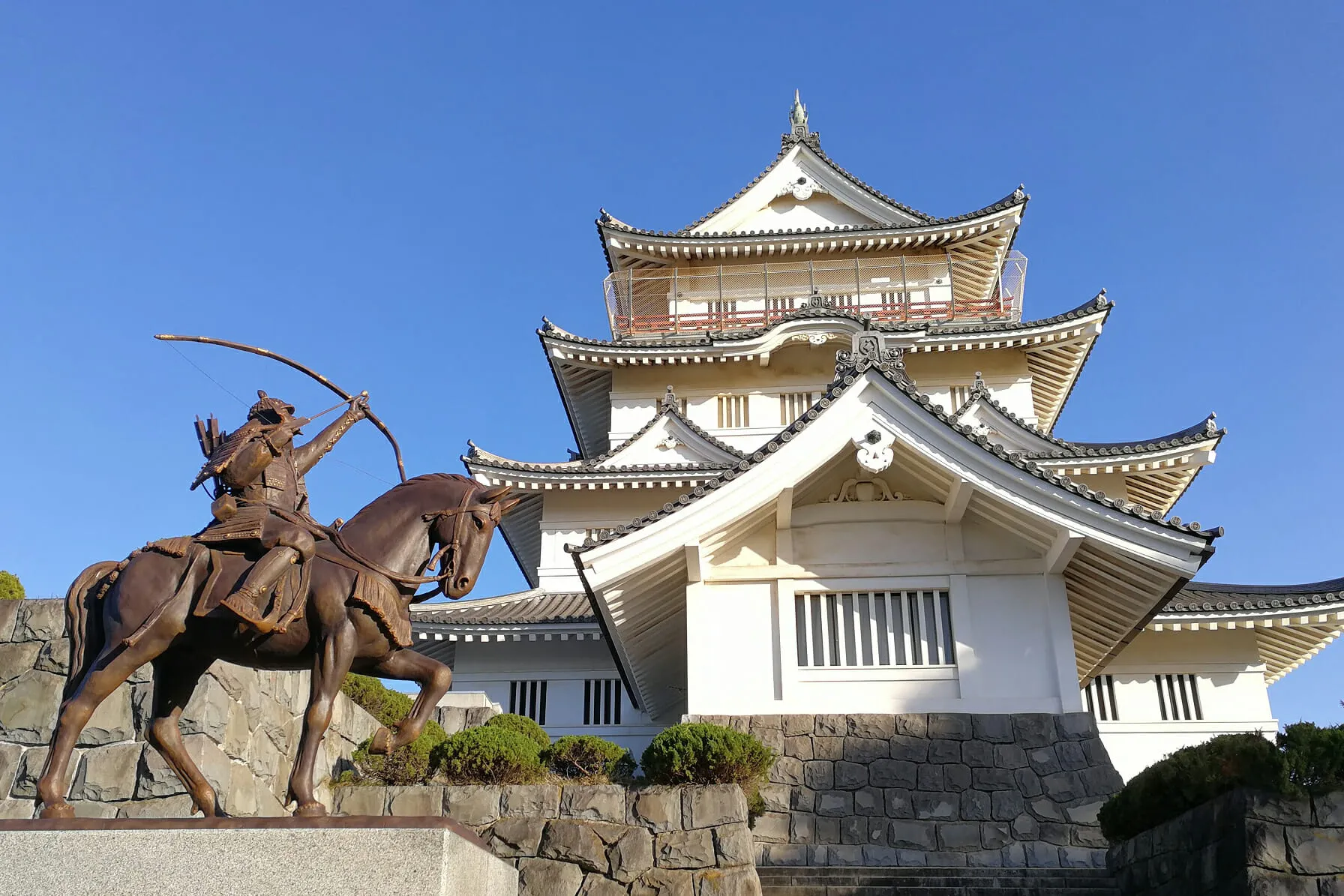 A statue depicting Tsunetane Chiba in front of the Chiba City Folk Museum.
A statue depicting Tsunetane Chiba in front of the Chiba City Folk Museum.
One of the first stops of the tour was the Chiba City Folk Museum, which is housed in a building nicknamed Chiba Castle, as it was built to resemble a traditional Japanese castle. The museum occupies five of the castle’s floors, featuring historical materials and artifacts related to Chiba City. As we walked through the museum, enjoying exhibits ranging from historical records to samurai armor, Mr. Tanada explained to us the history of this area, which was once the site of Inohana Castle, and its connection to the Chiba Clan. He even brought his own handmade paper sword and reenacted samurai battles that shaped both the local history and the history of Japan. Tour participants can also access the observation deck on the castle’s top floor-which gives you a panorama view of the city-and then enjoy a light snack at the Inohana-tei tea house just outside the castle.
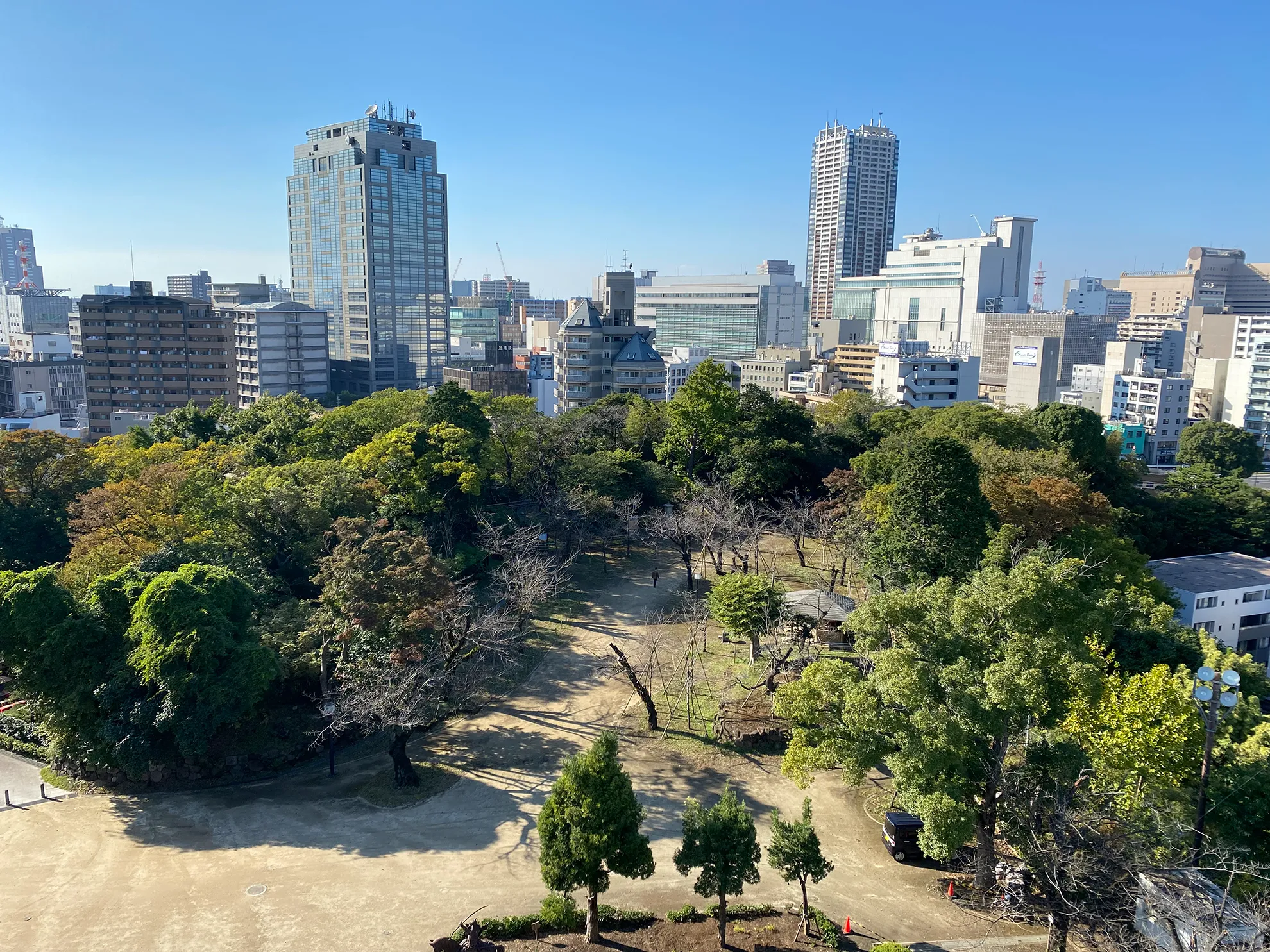 The Chiba skyline as seen from the castle’s observation deck
The Chiba skyline as seen from the castle’s observation deck
The tour also gives participants a chance to experience Japanese art at the Chiba City Museum of Art. The museum building was designed and constructed to enclose an early-20th century building, thus preserving one of the few remaining pre-war buildings in downtown Chiba. The collections on display here feature early-modern Japanese art-notably ukiyo-e wood block prints-in addition to contemporary Japanese art and local works related to Chiba Prefecture. The tour includes other spots where you can experience Japanese culture, with stops at: Takadaya, a traditional Japanese doll shop; and Tsujichu Shoten, a shop selling traditional Japanese crafts and festival decorations.
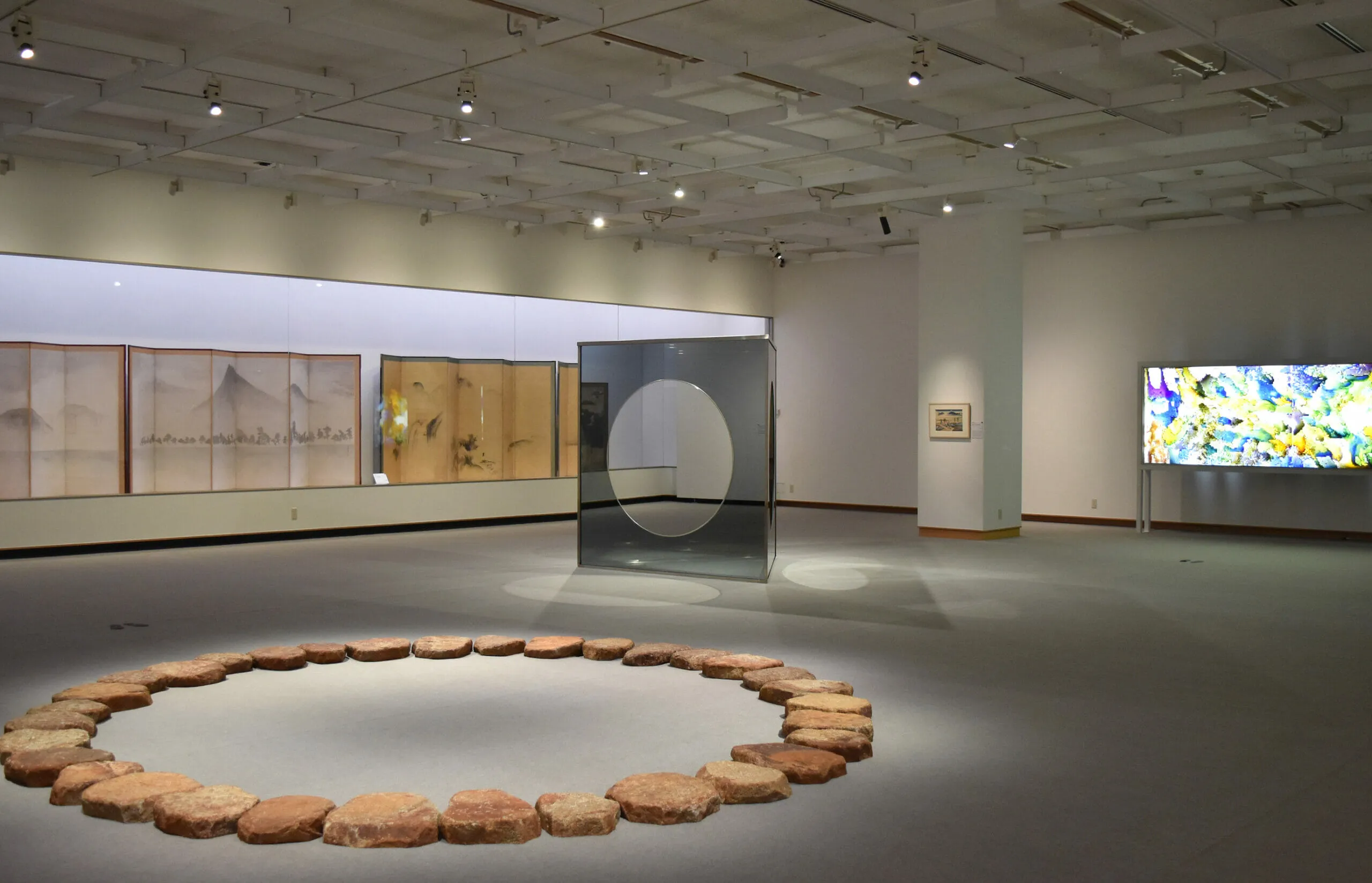
One of the last stops of the tour was Chiba Shrine, a landmark with over a thousand years of history. Myoken, the North Star deity which the ancient Chiba Clan worshiped, is enshrined here and protects over the city. As we walked through exploring the structures and gardens, our guide Mr. Hagiwara told us about the shrine’s story and pointed out some of its unique features that might not be obvious to first time visitors. The tour also included a stop in front of the main shrine where our guides instructed us on the proper way to pray.
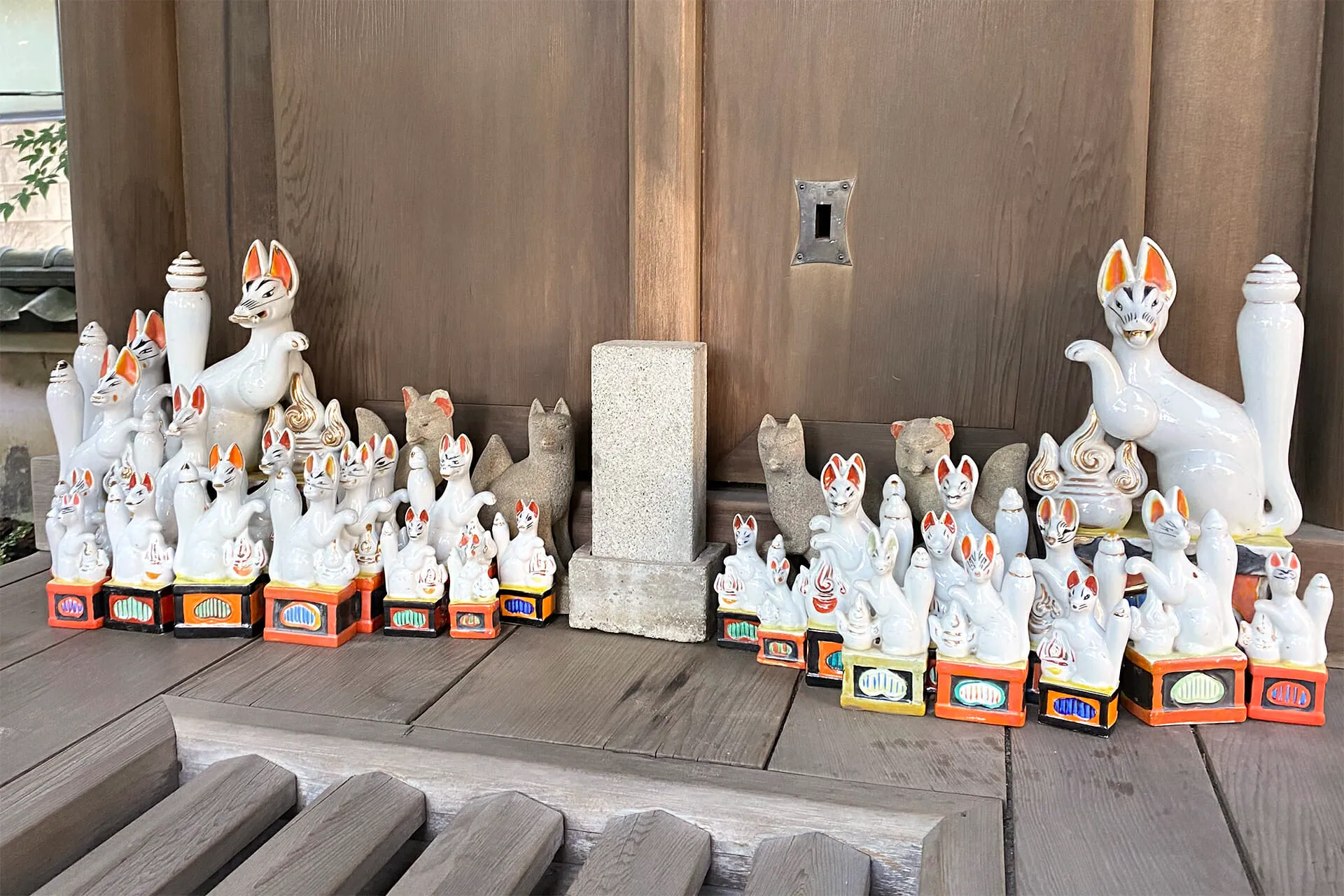
Our guides explained that they are excited to share their knowledge of the local culture with visitors. Unlike the experiences on offer in more well-known cities like Tokyo and Kyoto, where you’ll likely be funneled into a crowd of other tourists, visitors to Chiba are freer to explore, take their time, and connect with their surroundings. As a participant on the tour, you’ll be able to make the most of your trip here in Chiba with guides navigating you through what might be an unfamiliar place and helping you discover its hidden charms.
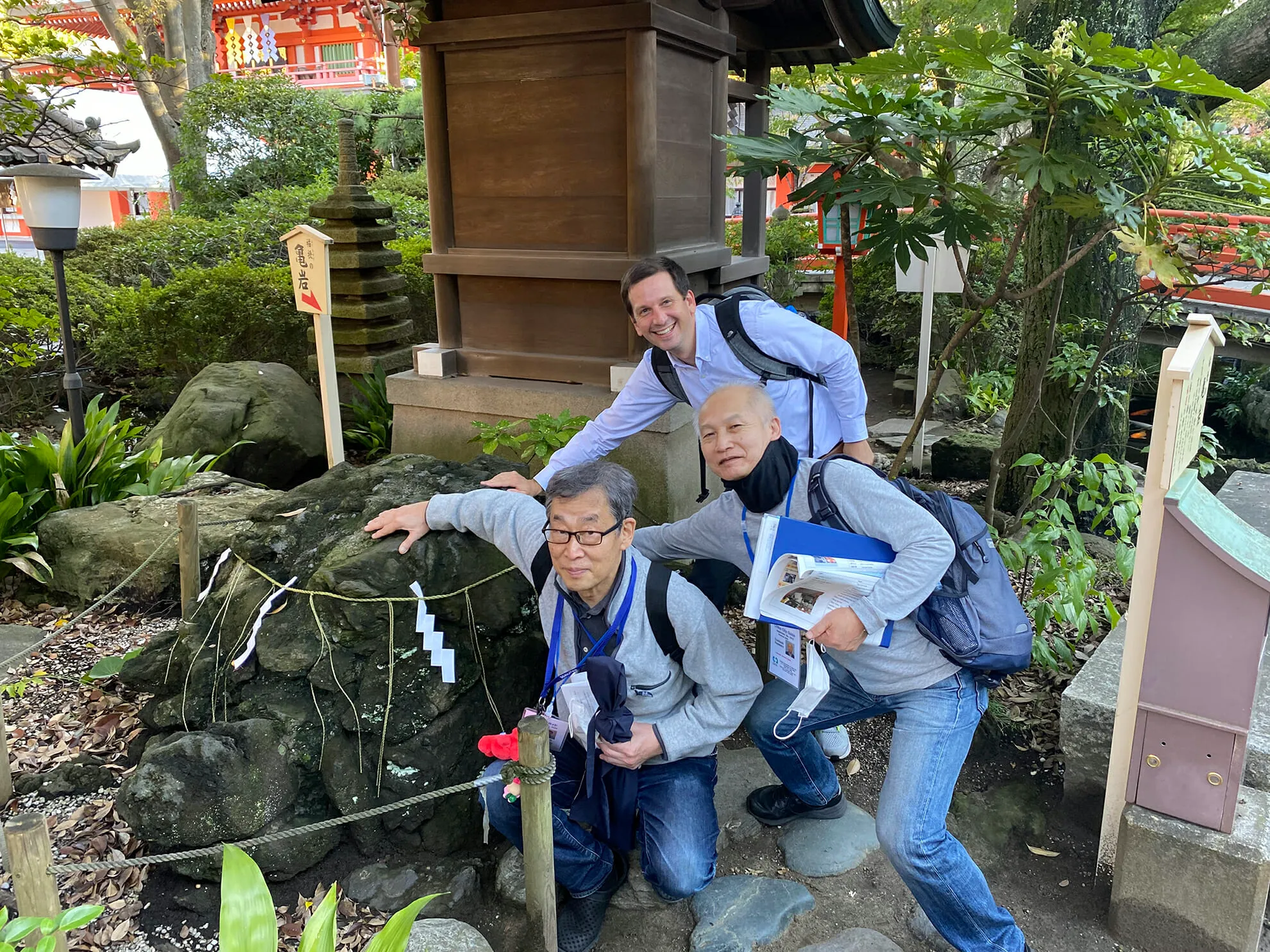
For more information about the guided tour, please visit: chibacity-ta.or.jp/inbound_guide?hl=en
Chiba City volunteers are also currently working on creating a “Makuhari Area” tour. Although Makuhari is mostly known for being home to some of Japan’s most recognizable modern facilities and event spaces, locals know that there is another side to this part of Chiba, from the peaceful atmosphere at the Mihama-en Japanese Garden to the seaside views offered along Tokyo Bay. Volunteer guides like Ms. Doi, a lifelong resident of Chiba City, will be happy to guide you around and share their knowledge of the area with you. If you plan to visit the Makuhari area in the future, please check to see if the tours will be up and running in time for your trip.
1-6-1 Inohana, Chuo Ward, Chiba City
(A 7-minute walk from Kencho-mae Station on the Chiba Urban Monorail, or a 10-minute walk from JR Hon-Chiba Station)
3-10-8 Chuo, Chuo Ward, Chiba City
(A 7-minute walk from Yoshikawakoen Station on the Chiba Urban Monorail, or a 10-minute walk from Keisei Chuo Station)
1-16-1 Innai, Chuo Ward, Chiba City
(A 7-minute walk from Yoshikawakoen Station on the Chiba Urban Monorail or a 14-minute walk from Keisei Chuo Station)